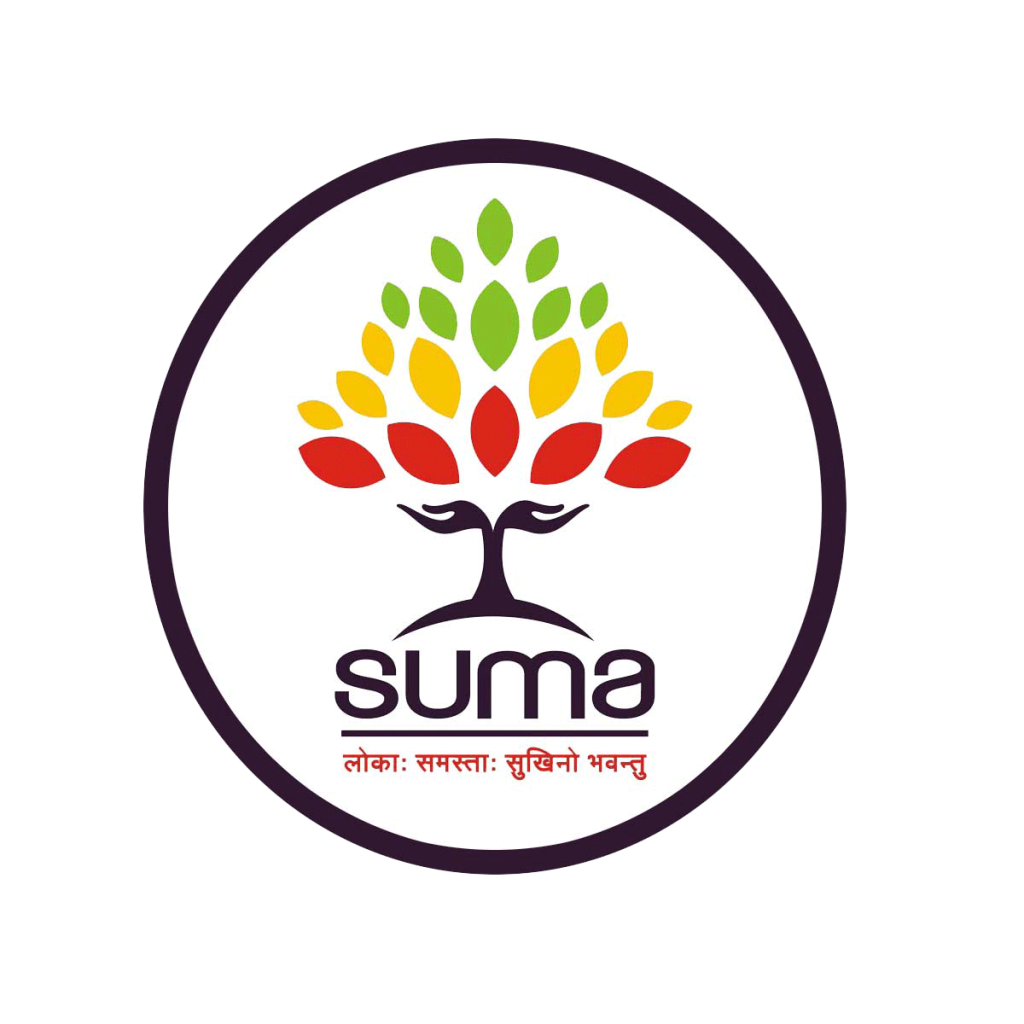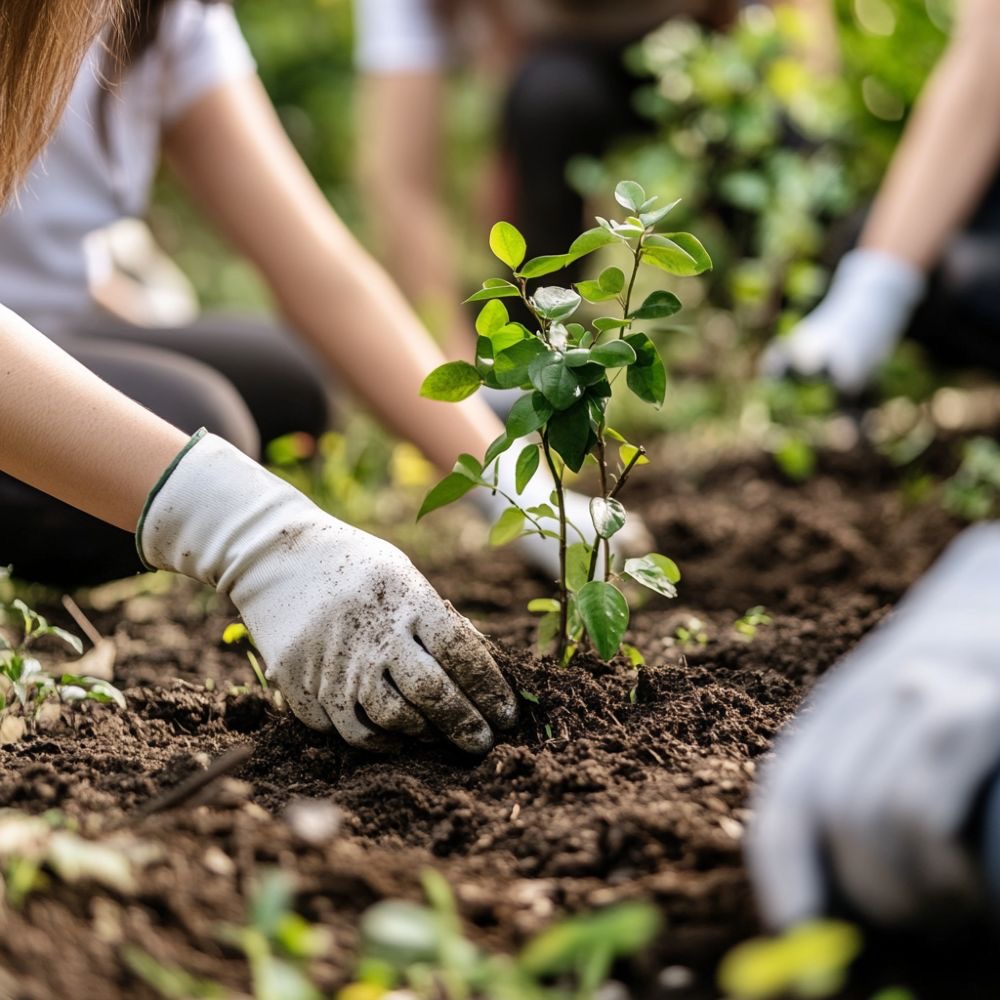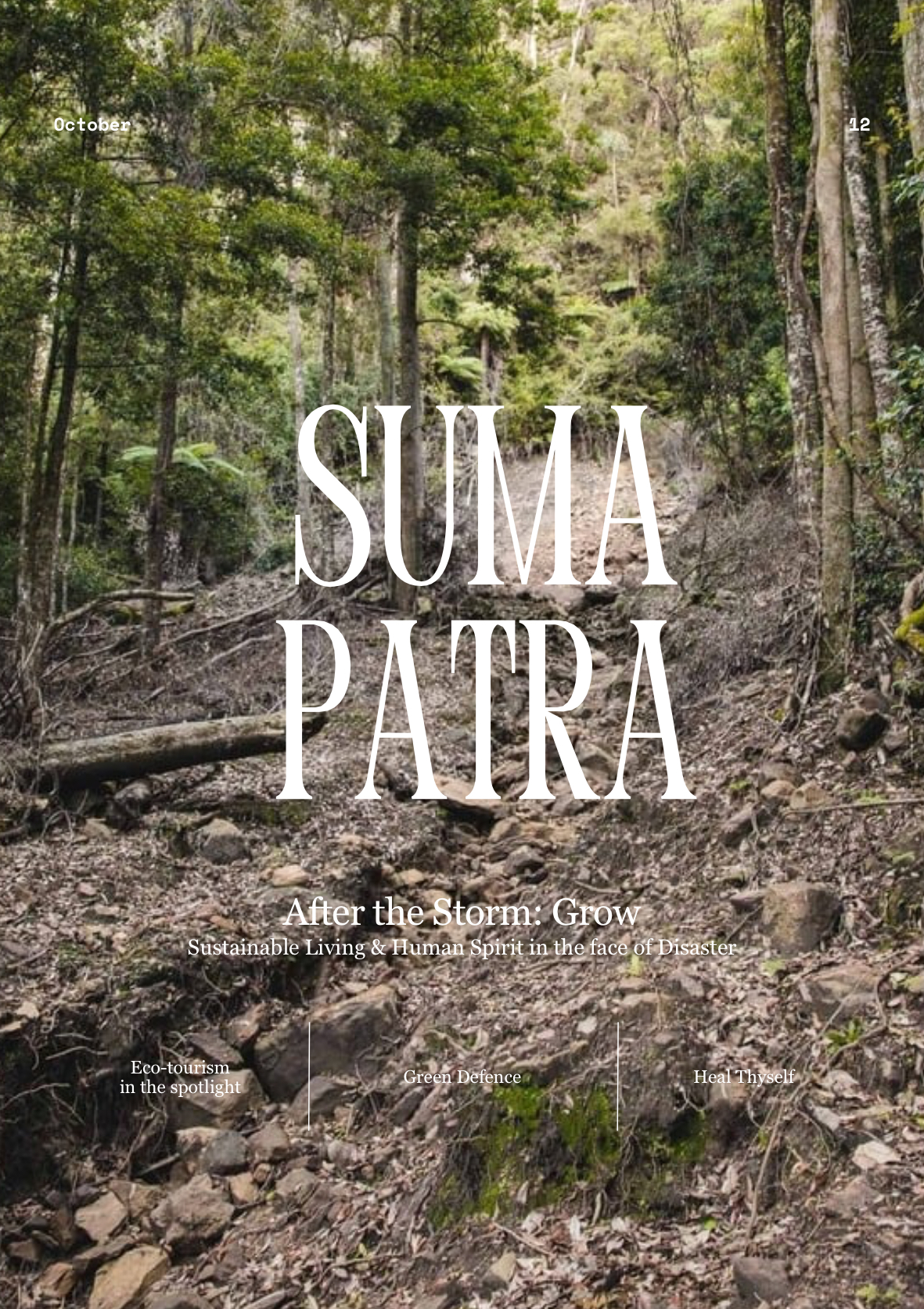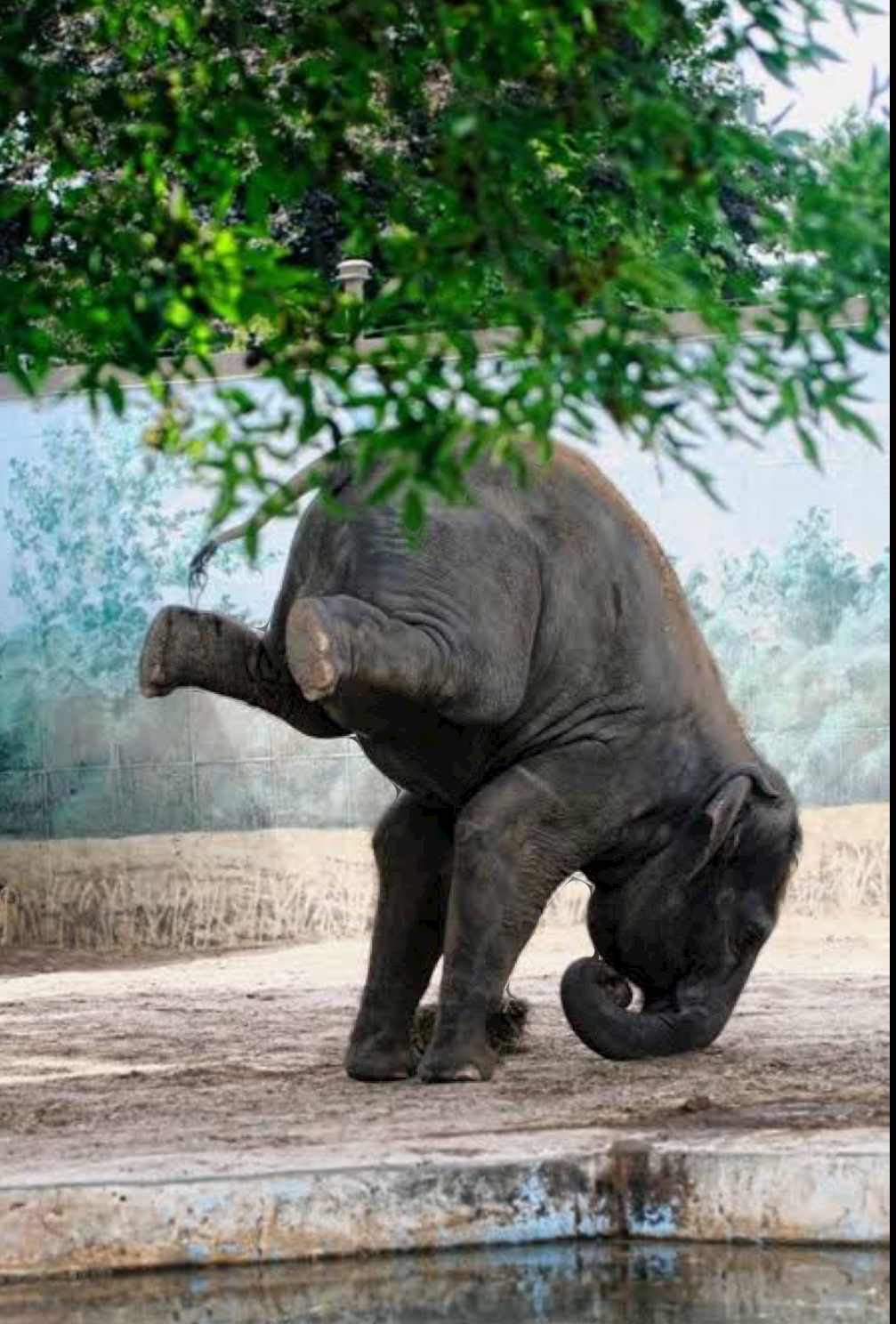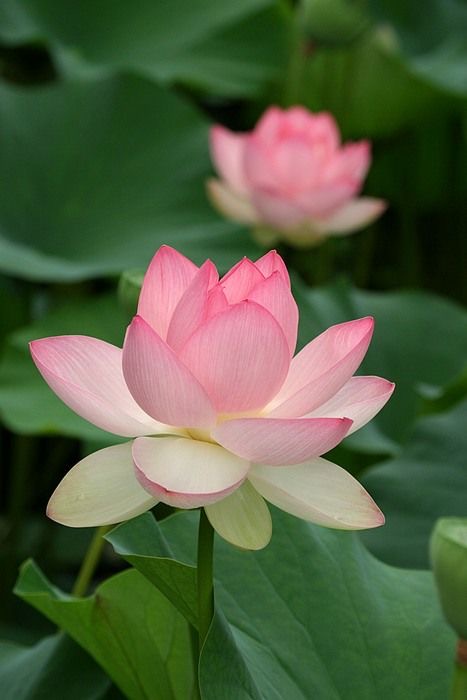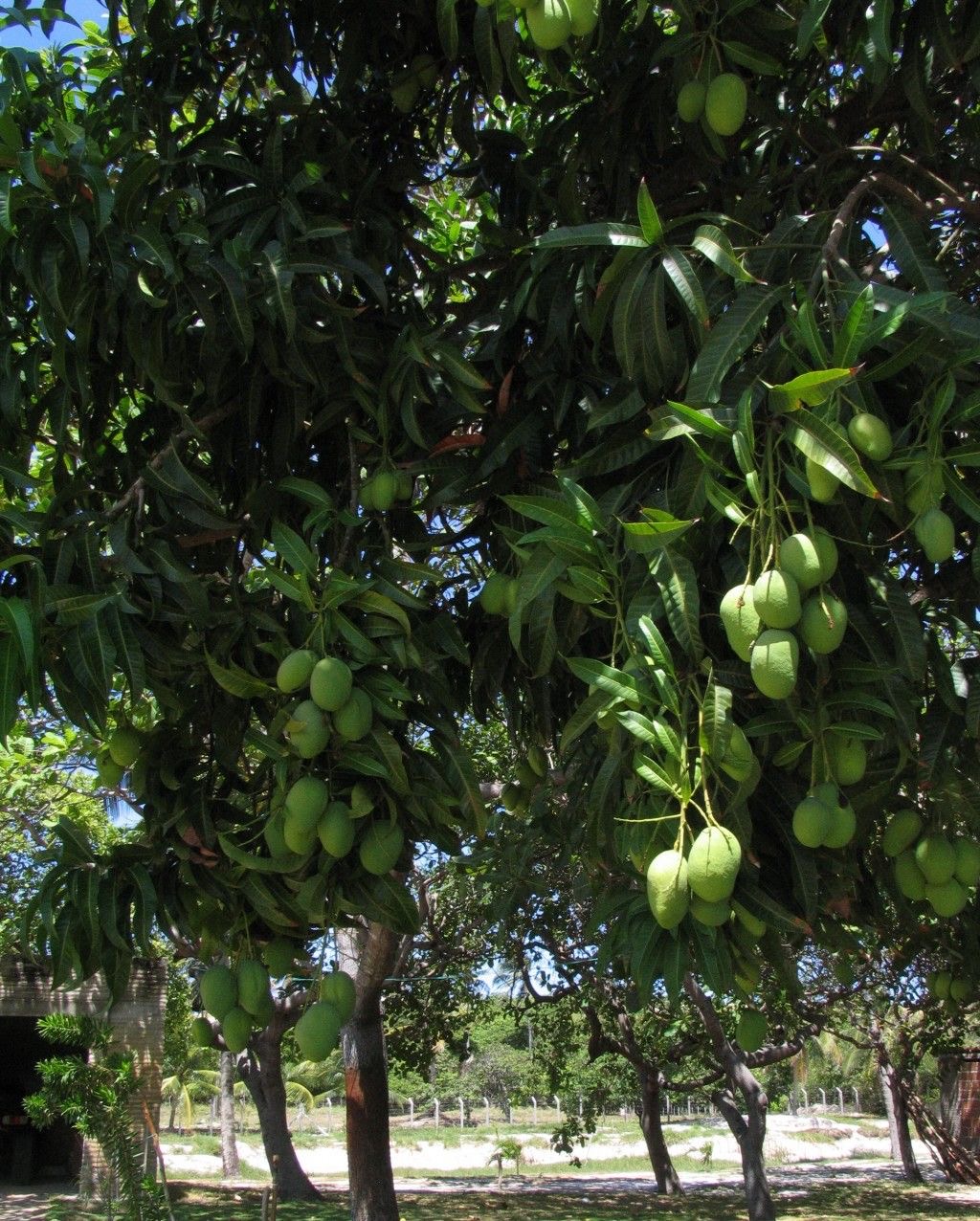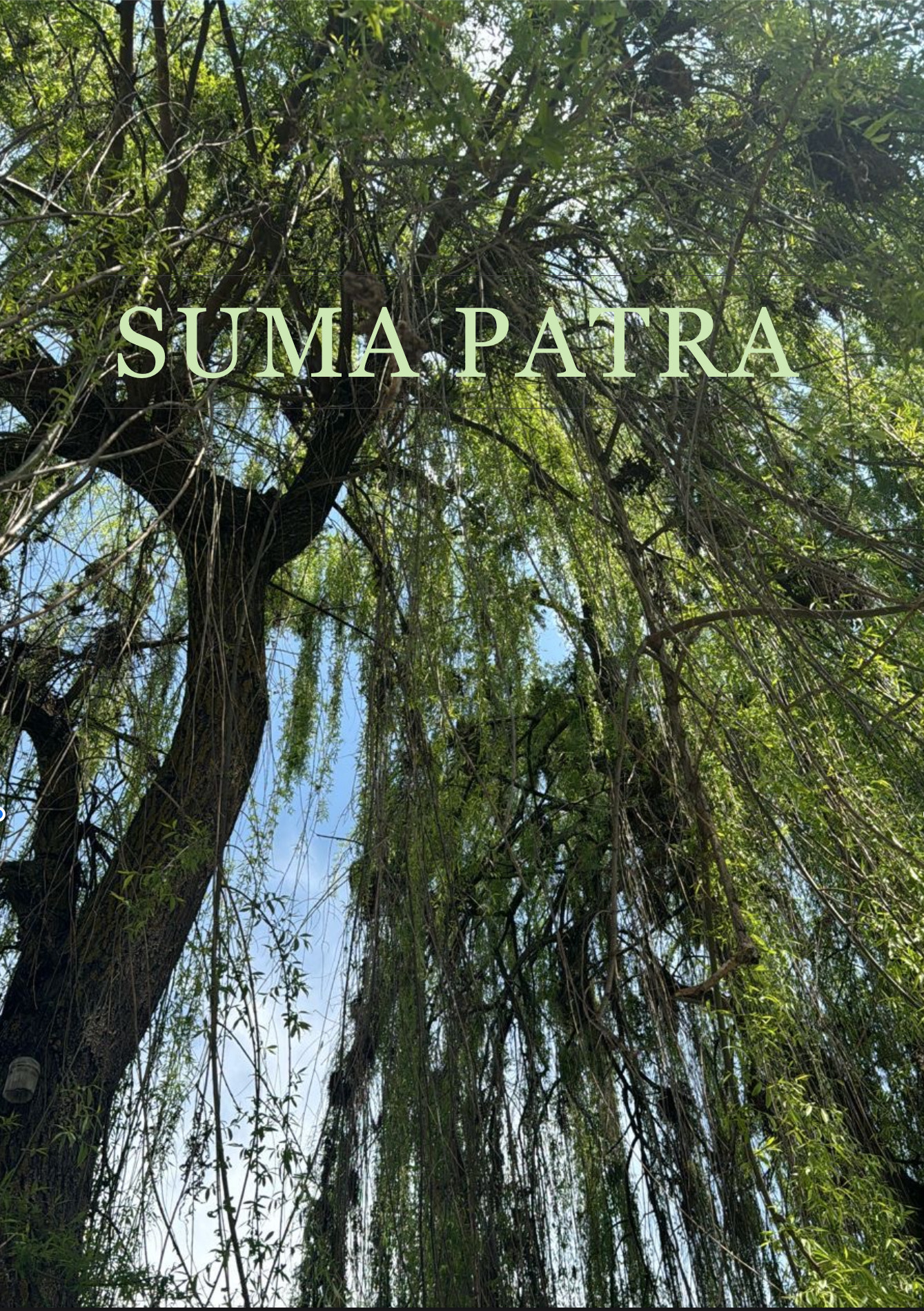Our cities, vibrant hubs of human activity and innovation, are also facing unprecedented environmental challenges. Rapid urbanisation often leads to concrete jungles, escalating pollution levels, rising temperatures, and a profound disconnect from nature. This is where urban plantation and afforestation step in, offering not just a green aesthetic but a vital lifeline for a sustainable and healthier urban future. For an environment-based non-profit like ours, advocating for and implementing these initiatives is not just a choice, but a critical imperative.
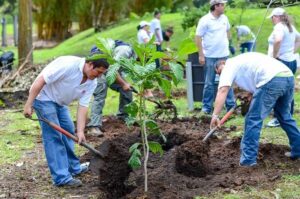
More Than Just Greenery: The Multifaceted Benefits
Urban plantation and afforestation – the deliberate planting of trees and creation of new green spaces within urban areas – offer a spectrum of benefits that touch every aspect of city life:
1. Combating the Urban Heat Island Effect and Regulating Climate: Concrete and asphalt absorb and re-emit the sun’s heat, making cities significantly warmer than surrounding rural areas – a phenomenon known as the Urban Heat Island (UHI) effect.4 Trees are nature’s air conditioners.5 Through evapotranspiration, they release water vapor, cooling the surrounding air.6 Their canopies provide crucial shade, reducing surface temperatures on pavements and buildings.7 Studies in India have shown that densely planted areas can be several degrees Celsius cooler than unshaded concrete zones, directly impacting energy consumption for cooling and making cities more livable during scorching summers.
2. Purifying the Air We Breathe: Indian cities consistently rank among the most polluted globally.Vehicular emissions, industrial activity, and construction dust choke our air with harmful particulate matter (PM2.5, PM10) and gases like sulfur dioxide and nitrogen oxides. Trees act as natural air filters. Their leaves intercept particulate matter, and they absorb gaseous pollutants through their stomata, simultaneously releasing life-giving oxygen. A single mature tree can absorb a significant amount of CO2 annually, making urban forests powerful carbon sinks that contribute directly to mitigating climate change.
3. Enhancing Biodiversity and Ecological Balance: Urban landscapes often lack natural habitats, leading to a decline in local flora and fauna.11 Strategic urban plantation, especially with native species, can create vital ecological corridors, providing food and shelter for birds, insects, and small mammals. This boosts urban biodiversity, supports pollinators essential for local food systems, and contributes to a more resilient urban ecosystem.
4. Managing Stormwater and Preventing Flooding: Paved surfaces prevent rainwater from percolating into the ground, leading to increased runoff and a higher risk of urban flooding. Trees and green spaces act as natural sponges, intercepting rainfall, slowing down runoff, and allowing water to infiltrate the soil. This reduces the strain on drainage systems, replenishes groundwater tables, and protects urban infrastructure from water damage.
5. Boosting Mental and Physical Well-being: The stress of urban life is well-documented. Access to green spaces has been consistently linked to improved mental health, reduced stress and anxiety, and enhanced cognitive function.16 Parks and tree-lined streets offer opportunities for recreation, exercise, and social interaction, fostering a sense of community and providing much-needed respite from the urban hustle. Studies have shown that even a view of greenery from a window can lower blood pressure and stress levels.
6. Community Engagement and Empowerment: Urban plantation drives are powerful tools for community building. When residents participate in planting and nurturing trees, it fosters a sense of ownership, pride, and collective responsibility for their local environment. These initiatives can bring together diverse groups, from schoolchildren to senior citizens, creating stronger social bonds and a shared commitment to a greener future. Many successful urban forestry projects in India have demonstrated the transformative power of community stewardship.
7. Economic Benefits: Beyond the ecological and social advantages, urban trees also offer tangible economic benefits. They can increase property values, reduce energy costs for cooling buildings, and create local green jobs in horticulture and urban forestry. A greener, healthier city is also a more attractive city for businesses and residents alike.
In conclusion, urban plantation and afforestation are not merely environmental initiatives; they are fundamental pillars for creating healthy, resilient, and equitable cities. By investing in our urban green cover, we are investing in the well-being of present and future generations, ensuring that our cities are not just places to live, but vibrant, breathable, and harmonious ecosystems for all.
Support our cause by donating using this link: https://pmny.in/QI6VzvmyBNNl
